Do you know what these terms mean when describing the quality of white tea?
Let's take a look!
01. Appearance
Plump Hair Heart:
This refers to white tea buds with abundant downy hairs, where the buds and leaves are connected to the branches. The buds resemble the core of a flower, hence the name "hair heart," describing white tea buds that are plump, tender, and full of downy hairs.
Pure White Hair:
The hairs are abundant, pure white, and shiny.
Prominent Hair:
The white hairs on the buds and leaves are commonly known as "white hairs." Buds with a high concentration of white hairs at the tips are called "prominent hairs." White tea hairs can range in color from silvery white to grayish white.
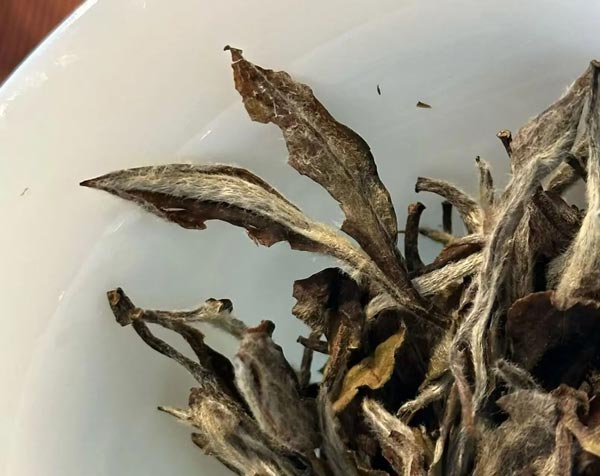
02. Dry Tea Color
Silver Buds with Green Leaves, White Base with Green Surface:
This refers to high-quality Fujian white tea with silvery-white hairs visible on the heart and back of the leaves, and a grayish-green leaf surface.
Gray-green:
Green with a hint of gray, a normal color.
Grass-green:
White tea produced from insufficient withering and premature roasting.
Glossy:
A vibrant, smooth, and lustrous color, characteristic of a high-quality finished product.
Dry and dull:
The color is dull and lacks luster.
Varied:
Refers to leaves with varying colors, ages, and colors.
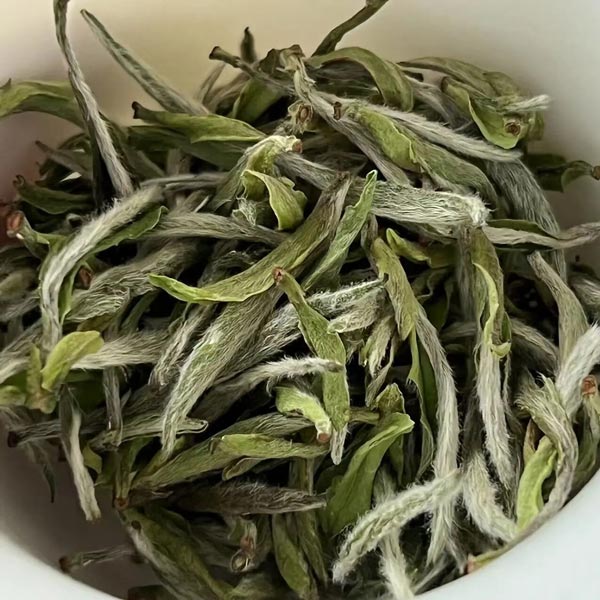
03. Tea Soup Color
Yellow-green:
Green with a slight yellow tint, similar to the color of a half-ripe orange, hence the name orange-green.
Light yellow, apricot yellow:
Lighter yellow.
Clear and bright:
A clear and transparent tea soup is called bright. A bright and lustrous tea soup with no sediment or suspended matter is called clear.
Clear:
The tea soup lacks substance but is still clear.
Turbid:
The tea soup contains a large amount of suspended matter and has poor brightness, indicating a lower quality white tea.
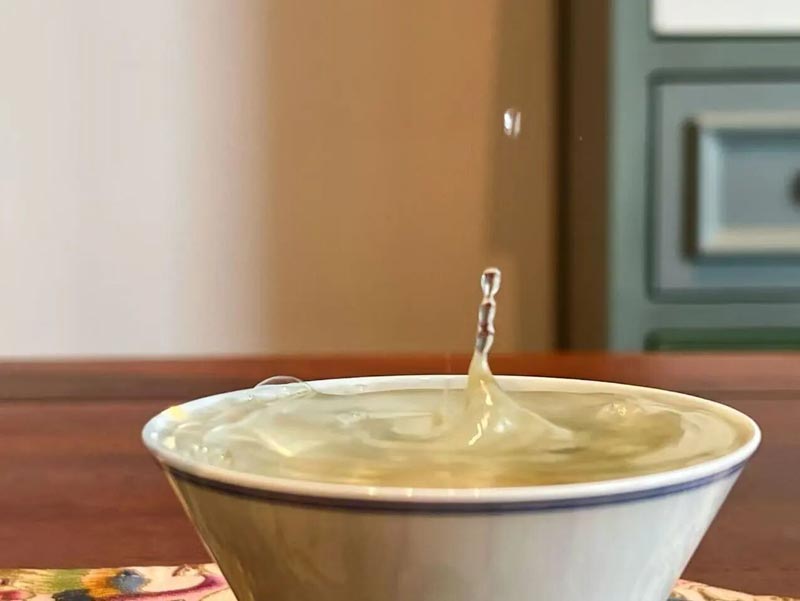
04. Aroma
Half-hair aroma:
The characteristic aroma of white tea, referring to the fragrance of young, tender white hairs, such as the lingering aroma of Baihao Silver Needle.
Clear and noble:
A refreshing, high-pitched aroma that lingers long in the nose, indicating a relatively tender and fresh tea leaf.
Fresh and refreshing:
A fresh, lively aroma with a refreshing aftertaste.
Coarse and light:
A light aroma with the roughness of aged tea, also known as "coarse, aged aroma."
High-fire:
The aroma of high-fire tea produced by high roasting and drying temperatures, resulting in a high degree of dryness.
Old-fire, burnt aroma:
A mild burnt tea aroma is called "old-fire" and a severe burnt aroma is called "burnt aroma" due to improper roasting temperatures during tea making.
Unnatural aroma:
Scorched, smoky, sour, stale, moldy, oily, irony, woody, and other unpleasant aromas, or other unidentifiable aromas that are difficult to pinpoint. The specific aroma is generally specified.
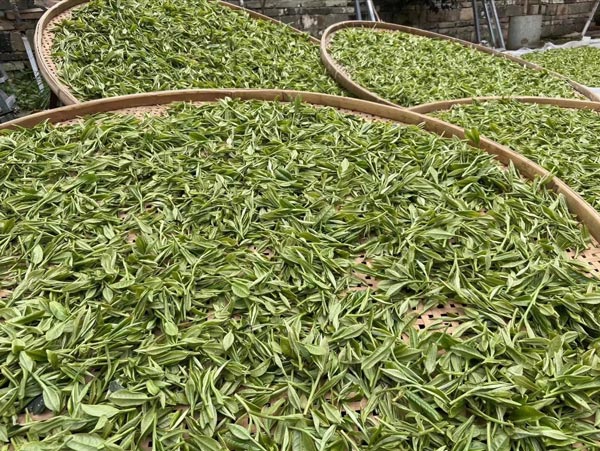
05. Flavor
Fresh, Rich, and Thick:
Fresh refers to a fresh, clean, and refreshing taste. Strong refers to a tea with a rich, solute-rich flavor, resulting in a strong, refreshing, and refreshing throat flavor with a refreshing, fragrant, and vibrant aftertaste.
Fresh and Refreshing:
Fresh, clean, and refreshing, with a vibrant flavor, but with a lower concentration than fresh and strong.
Full-bodied:
Strong, pure, and delicious, with a slightly sweet aftertaste. Can also be described as mellow and refreshing.
Mellow:
Taste is refreshing and sweet, lacking in umami and lacking in stimulant flavor.
Coarse and Light:
Taste is light, thin, and dull, with a coarse taste.
Astringent:
After the tea enters the mouth, there is a feeling of obstruction on the tongue.
Bitter:
The tea has a bitter taste at first, with a bitter aftertaste.
Green and Astringent:
Astringent with a raw, green flavor.
Green and Turbid:
The tea is not refreshing, with a green and turbid flavor.
Roast and Dull:
The tea is not refreshing, with a steamed or stewed flavor.
Watery:
The taste is bland and impure, weak and powerless.
Off-flavors:
Burnt, smoky, rancid, sour, stale, moldy, and other unpleasant odors.
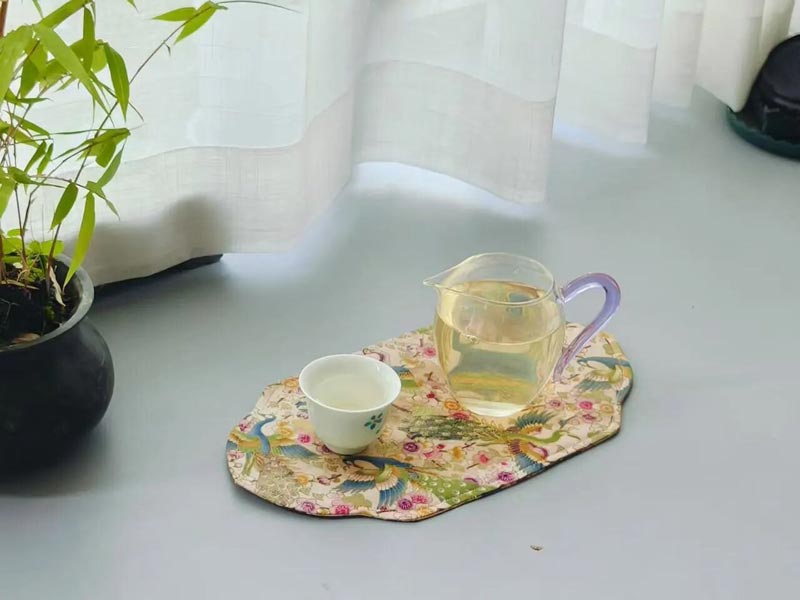
06. Leaf Base
Tender:
The leaves are fine, tender, uniform, and soft, with a harmonious color.
Thick:
The buds and leaves are plump, with thick, soft flesh and faintly visible veins.
Uniform:
"Uniform" means a harmonious color, while "uniform" means uniform in age and tenderness, without any breakage or fragmentation. Conversely, "uneven" means inconsistent in age, size, or color.
Short and Broken:
Raw tea is often broken into half leaves after fine processing. Short and Broken refers to the situation where there are only a few leaves smaller than half leaves that meet the requirements.
Opening and Spreading:
After brewing, the tightly rolled dry tea leaves absorb water and expand into flakes, giving them a soft feel. "Opening" is synonymous with "stretching." "Spreading" is also synonymous with "spreading."
Anthocyanin:
The leaf base color is inconsistent, with a mix of red and green.
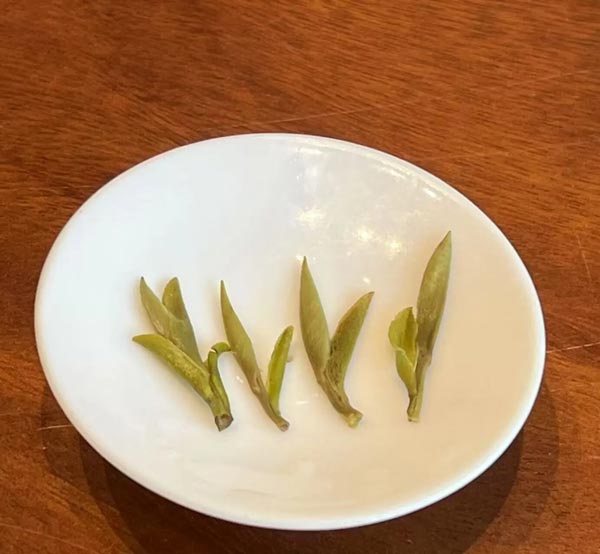

%20--%3e%3c!DOCTYPE%20svg%20PUBLIC%20'-//W3C//DTD%20SVG%201.1//EN'%20'http://www.w3.org/Graphics/SVG/1.1/DTD/svg11.dtd'%3e%3csvg%20version='1.1'%20id='图层_1'%20xmlns='http://www.w3.org/2000/svg'%20xmlns:xlink='http://www.w3.org/1999/xlink'%20x='0px'%20y='0px'%20width='256px'%20height='256px'%20viewBox='0%200%20256%20256'%20enable-background='new%200%200%20256%20256'%20xml:space='preserve'%3e%3cpath%20fill='%23FFFFFF'%20d='M194.597,24.009h35.292l-77.094,88.082l90.697,119.881h-71.021l-55.607-72.668L53.229,232.01H17.92%20l82.469-94.227L13.349,24.009h72.813l50.286,66.45l58.148-66.469V24.009z%20M182.217,210.889h19.566L75.538,44.014H54.583%20L182.217,210.889z'/%3e%3c/svg%3e)